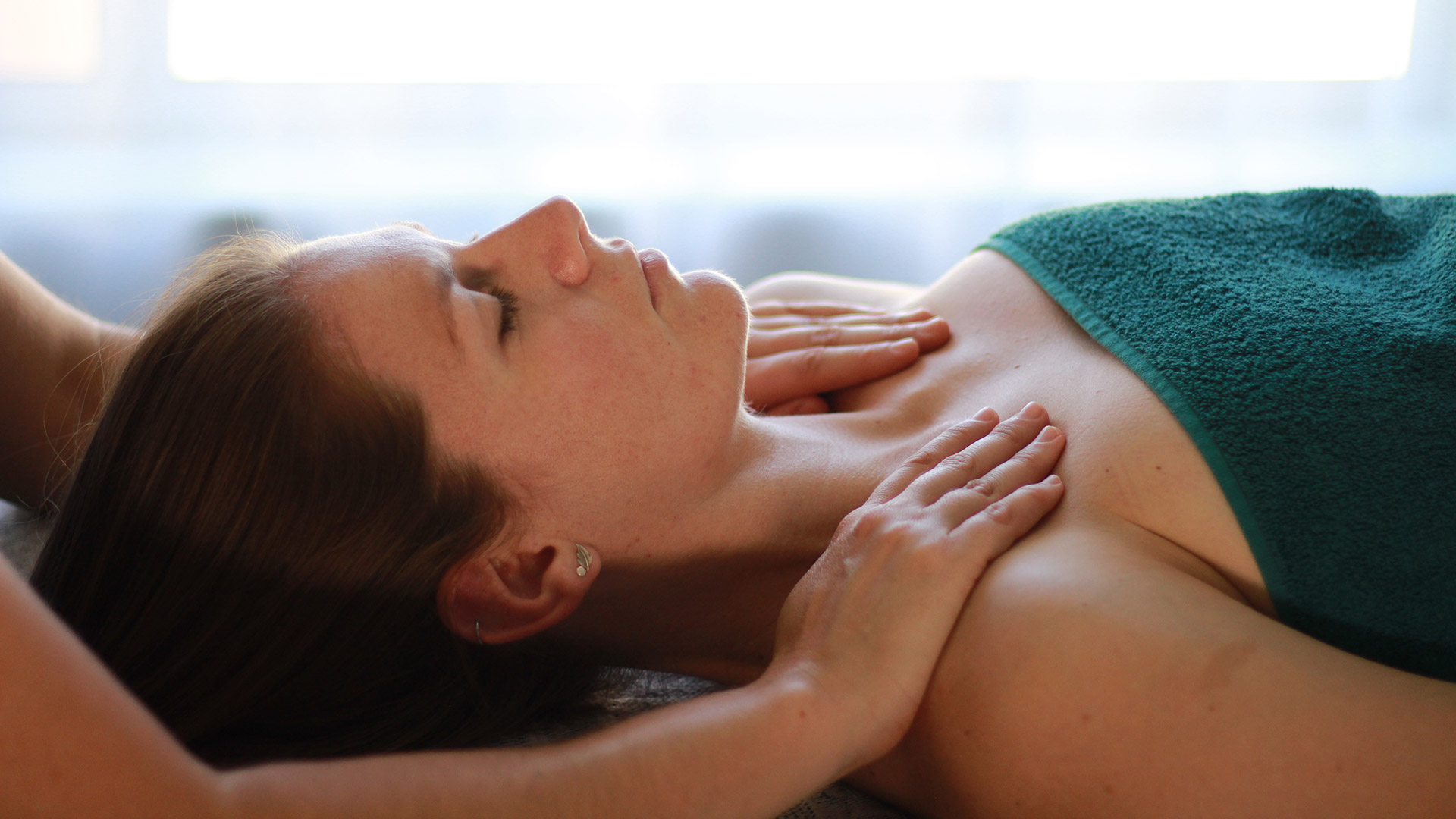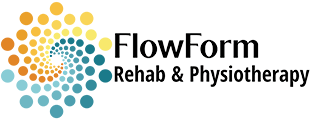Using touch to heal: Valuable or obsolete?

I have always intuitively understood that human touch is healing on many levels, and the complexities of how this happens are continuously being revealed to me as I use it in my practice. While in my country, physiotherapists are still expected to use manual therapies as a large part of their toolkit, the profession is increasingly moving toward hands-off interventions in many first-world countries across the globe. The significance of simple hands-on healing is slowly dissolving, being replaced by more measurable technologies that require minimal human contact.
I believe this trend is motivated by the fear our societies have built around touch between strangers, and the increasing pressure professionals face to prove the effectiveness of their techniques in a world where patient feedback like “I feel so much better” and “I can live a better life now” are not sufficient to prove their value.
Value of touch in healing practices
When done well, caring touch is one of the best gifts we can give another human, and one of the best mediums for healing. It communicates on much deeper and more intuitive levels than language ever can. It is also one of the best ways to convey safety and trust, and to help comfort one another. When we want to help our societies heal, touch can be a wonderfully simple medium that is both intuitive and inherent in our being. As such, it deserves to be one of the main tools professionals use and spend time and effort to refine and perfect.
As a physiotherapist using touch in my practice every day, I have seen the profound effects that simple loving touch can have. It is undeniable that there has been a lot of trauma related to touch in all of us collectively, and this is very apparent in my practice. Even though people come into my treatment sessions expecting to be touched and consenting to it, there is still an underlying current of anxiety in most people about being touched.
Deeper sensitivity
I have to be very aware of the effect my touch has on my patients – to heal or to hurt. Sometimes, the trauma history held in their bodies triggers anxiety at the simplest touch, even if they understand intellectually that the touch is healing for them. I cannot use touch as a practical tool without recognizing the deeper effects it is having on a person’s mental and emotional state. When my touch happens to trigger a hidden trauma, a stress response is triggered in the person’s nervous system, whether they are aware of it or not. I have practiced reading the subtle signs of this, and often people are not aware of their nervous system’s reaction because they are so used to it. Once the stress response is triggered, my manual techniques immediately lose their effectiveness. A body that is protecting itself will not change. The nervous system will not allow it, until it is brought back to balance. Honing my skills at recognizing the signs of a nervous system shifting into stress mode has helped my treatments become much more effective. It also helps my patients profoundly to become aware of these signs themselves, and notice when they happen in their every-day lives, so they can find ways to regulate themselves again. It is this awareness that causes significant change in their health over the long term, much more than the practical aspect of my treatment can achieve.
Letting ourselves be touched
The way our bodies react to being touched on a painful area is an interesting reflection of how sensitive we are to being touched emotionally. Their body’s reaction to physical touch shows how apprehensive people are about being vulnerable, about allowing themselves to be influenced, to be touched by another person.
You could say that the concerns people have about being touched are because I am a stranger to them. However, I have seen in some patients how being touched by a loved one can sometimes trigger more emotions, and how it can sometimes be a little easier to allow touch by a professional stranger than a close loved one. Of course, there is more history there, but there is also more at stake when letting someone in who expects to be let in deeper, and our instinctive protection mechanisms may be stronger against this potential intrusion than with a stranger who you trust to remain professional.
Deeper healing
Being a professional who uses touch to help others heal means that we have a unique window into the softer, more vulnerable parts of people. We cannot use physical touch as an intellectual technique only; we have to understand the emotional undercurrents and more subtle effects our touch is having on our patient’s entire being. While we have to tread carefully here, and be highly sensitive to the reaction of the person under our hands, we shouldn’t stop using touch to help others heal, simply because it is a complex subject. While it may be easier to avoid touch completely and focus more on hands-off interventions to avoid triggering sensitive wounds, not using touch robs our treatments of the profound effects we may have. Using touch requires us to be a higher level of practitioner – more sensitive, more involved, and more accountable for our actions – but this brings a much deeper dimension to our treatments, and opens the potential for creating more powerful change.
In a world increasingly driven by digital interactions, and a healthcare system dominated by overly intellectual interventions, the simplicity and universality of human touch remain integral to conveying genuine care, catalyzing real healing and maintaining our humanity in this world.
- Share:
You may also like

